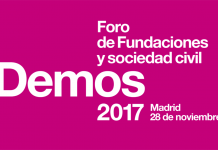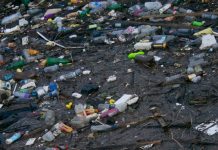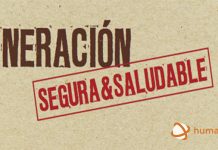NGOs and donors like to promote transparency and good governance in the countries they work in, but how much do we really know about where and how emergency aid money is spent?
The relief aid economy – some US$150 billion since 2000 – actually looks a lot like an oligarchy, structurally resistant to change, diversity, competition and the inclusion of locally-based charities.
In partnership with Local2Global Protection, IRIN takes a hard look at the size, flows, data and power structures of the humanitarian economy. We identify the «humanitarian one percent», look into the complex sub-contracting arrangements and the quality and quantity of available data. It’s messy, complex and shows a system badly in need of reform.


























